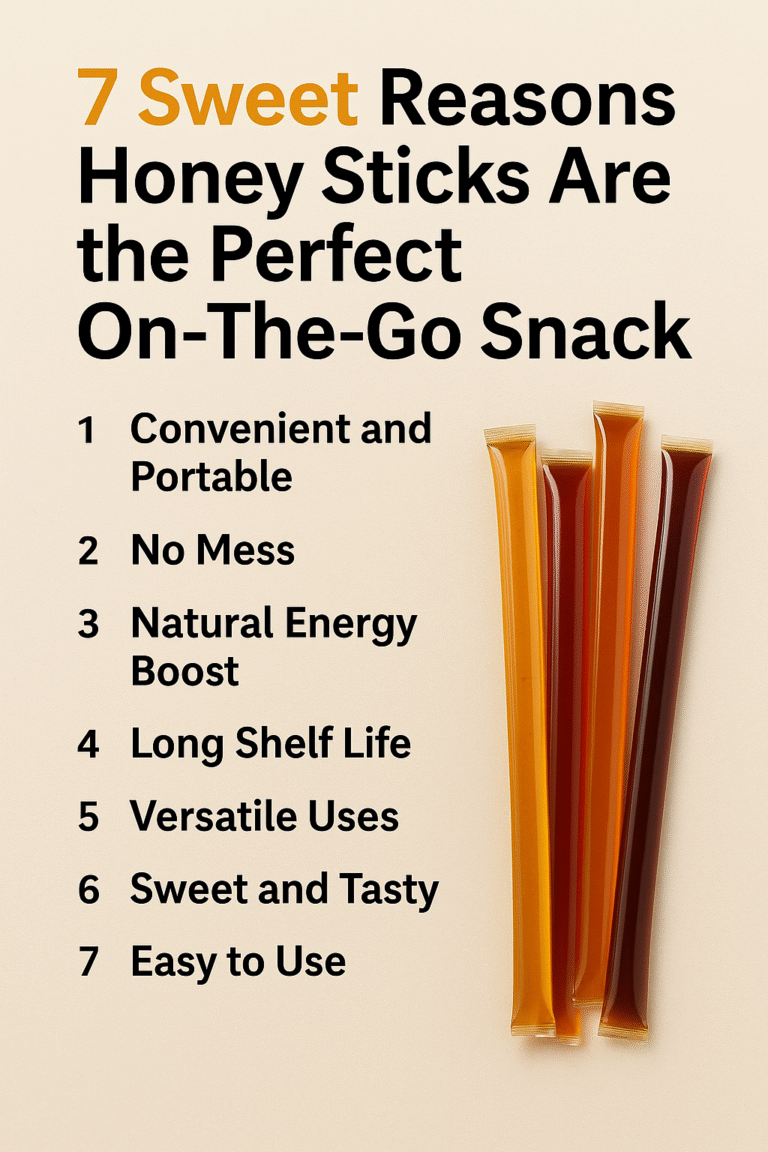Introduction to Sodiceram

Sodiceram is an advanced ceramic material that has garnered significant attention in recent years due to its unique properties and versatile applications. Unlike traditional ceramics, which are primarily composed of clay, silica, or other natural minerals, Sodiceram is a specialized sodium-based ceramic engineered for high-performance uses. Its development stems from the need for materials that can withstand extreme conditions while maintaining structural integrity and functionality. This article explores the composition, properties, manufacturing process, applications, and future potential of Sodiceram, offering a comprehensive overview of its role in modern technology.
Composition and Structure
Sodiceram is a composite material that incorporates sodium compounds, typically sodium oxide (Na₂O) or sodium silicate, blended with other ceramic constituents such as alumina (Al₂O₃), zirconia (ZrO₂), or silicon carbide (SiC). The inclusion of sodium-based compounds gives Sodiceram its distinctive characteristics, including enhanced thermal stability and ionic conductivity. The material’s crystalline structure is carefully controlled during synthesis to achieve a balance between hardness and flexibility, making it suitable for both industrial and specialized applications.
The sodium component in Sodiceram acts as a flux, lowering the melting point during processing and facilitating the formation of a dense, uniform microstructure. This structure minimizes porosity, which is a common issue in traditional ceramics, and enhances the material’s mechanical strength. The exact composition of Sodiceram can vary depending on its intended use, with manufacturers adjusting the ratios of sodium compounds and ceramic additives to optimize specific properties like electrical conductivity or corrosion resistance.
Manufacturing Process
The production of Sodiceram involves a multi-step process that requires precision and control to achieve the desired material properties. The process typically includes the following stages:
- Raw Material Selection: High-purity sodium compounds, such as sodium carbonate or sodium silicate, are combined with ceramic powders like alumina or zirconia. The choice of raw materials is critical to ensure consistency and performance.
- Mixing and Blending: The raw materials are thoroughly mixed to achieve a homogeneous blend. This step often involves wet milling, where the materials are ground in a liquid medium to reduce particle size and ensure uniform distribution.
- Forming: The blended material is shaped into the desired form using techniques such as pressing, extrusion, or slip casting. The choice of forming method depends on the final product’s shape and application.
- Sintering: The formed material is subjected to high-temperature sintering, typically between 1,200°C and 1,600°C, in a controlled atmosphere. This process fuses the particles together, creating a dense, solid structure. The sodium compounds act as a sintering aid, reducing the temperature required and improving energy efficiency.
- Finishing: After sintering, the material undergoes finishing processes such as grinding, polishing, or coating to achieve the desired surface quality and dimensional accuracy.
Quality control is a critical aspect of Sodiceram production. Advanced techniques like X-ray diffraction (XRD) and scanning electron microscopy (SEM) are used to analyze the material’s microstructure and ensure it meets strict performance standards.
Key Properties of Sodiceram
Sodiceram’s unique properties make it a standout material in the ceramics industry. Some of its most notable characteristics include:
- High Thermal Stability: Sodiceram can withstand temperatures exceeding 1,500°C without degrading, making it ideal for high-temperature environments like furnaces or aerospace components.
- Ionic Conductivity: The sodium content enhances the material’s ability to conduct ions, which is crucial for applications in energy storage and electrochemical devices.
- Corrosion Resistance: Sodiceram is highly resistant to chemical attack, particularly in alkaline environments, making it suitable for use in harsh industrial settings.
- Mechanical Strength: The material’s dense microstructure provides excellent tensile and compressive strength, reducing the risk of cracking or fracturing under stress.
- Low Thermal Expansion: Sodiceram exhibits minimal expansion when exposed to heat, ensuring dimensional stability in applications requiring precision.
These properties can be tailored by adjusting the material’s composition and processing conditions, allowing manufacturers to create customized Sodiceram variants for specific needs.
Applications of Sodiceram

Sodiceram’s versatility has led to its adoption across a wide range of industries. Below are some of the key applications where Sodiceram excels:
1. Energy Storage and Batteries
Sodiceram is widely used in sodium-ion batteries, which are emerging as a cost-effective alternative to lithium-ion batteries. Its high ionic conductivity allows for efficient charge transfer, while its thermal stability ensures safe operation at elevated temperatures. Sodiceram-based electrolytes are particularly valuable in large-scale energy storage systems for renewable energy grids.
2. Aerospace and Defense
In aerospace, Sodiceram is used in components like turbine blades and heat shields, where its ability to withstand extreme temperatures and mechanical stress is critical. Its low thermal expansion also makes it ideal for precision parts that must maintain their shape under varying conditions.
3. Chemical Processing
Sodiceram’s corrosion resistance makes it a preferred material for equipment in chemical plants, such as reactors, pipes, and valves. It can handle exposure to aggressive chemicals, including acids and alkalis, without degrading.
4. Medical Devices
In the medical field, Sodiceram is used in implants and prosthetics due to its biocompatibility and durability. Its ability to resist corrosion in bodily fluids ensures long-term performance, while its customizable properties allow for tailored solutions for specific medical applications.
5. Electronics
Sodiceram’s ionic conductivity and electrical insulation properties make it suitable for use in sensors, capacitors, and other electronic components. Its stability in high-temperature environments also supports its use in advanced electronics for automotive and industrial applications.
6. Environmental Technologies
Sodiceram is increasingly used in environmental applications, such as filters for water purification and gas separation. Its chemical stability and porous structure (when engineered for such purposes) enable efficient filtration and pollutant removal.
Advantages Over Traditional Ceramics
Compared to traditional ceramics, Sodiceram offers several advantages:
- Enhanced Performance: Its superior thermal and chemical stability outperforms many conventional ceramics in extreme conditions.
- Energy Efficiency: The lower sintering temperatures enabled by sodium compounds reduce energy consumption during production.
- Customizability: The ability to fine-tune its composition allows for a wide range of applications, from energy storage to medical devices.
- Cost-Effectiveness: While Sodiceram requires high-purity raw materials, its durability and long lifespan often result in lower lifecycle costs compared to other materials.
Challenges and Limitations
Despite its many advantages, Sodiceram is not without challenges. The high cost of raw materials and the complexity of the manufacturing process can make it more expensive than traditional ceramics. Additionally, the material’s reliance on sodium compounds can pose challenges in environments where sodium reactivity is a concern, such as in the presence of water or certain chemicals. Ongoing research aims to address these limitations by developing more cost-effective production methods and improving the material’s compatibility with diverse conditions.
Future Prospects
The future of Sodiceram is promising, with ongoing advancements in material science driving its evolution. Researchers are exploring ways to enhance its properties, such as increasing its ionic conductivity for next-generation batteries or improving its toughness for structural applications. Additionally, efforts are underway to develop sustainable production methods, such as using recycled sodium compounds or renewable energy sources during sintering.
The growing demand for high-performance materials in renewable energy, aerospace, and medical sectors is expected to fuel the adoption of Sodiceram. As industries prioritize sustainability and efficiency, Sodiceram’s ability to deliver both performance and durability positions it as a key material for the future.
Conclusion
Sodiceram represents a significant advancement in the field of ceramic materials, offering a unique combination of thermal stability, ionic conductivity, and corrosion resistance. Its applications span critical industries, from energy storage to aerospace, and its customizable properties make it a versatile solution for modern challenges. While production costs and material limitations present hurdles, ongoing research and innovation are paving the way for broader adoption. As technology continues to evolve, Sodiceram is poised to play a pivotal role in shaping the future of high-performance materials, driving progress in both industrial and scientific domains.






